Agra, home to the iconic Taj Mahal, is the top tourist destination in India. Located on the shores of the Yamuna River in Uttar Pradesh, Agra is not only famous for Taj Mahal, this ancient city boasts a wealth of top tourist sites such as the impressive Red Fort, the stunning Itimad-ud-Daulah’s Tomb, and the picturesque Mehtab Bagh.
Once the capital of the Mughal Empire, Agra thrived under emperors such as Akbar, Jahangir, and Shah Jahan, who created a lasting legacy of art, culture, and architecture. The heritage tourist sites in the city beautifully combine Persian, Indian, and Islamic influences, ranking it best tourist places in Agra for history enthusiasts.
In addition to its majestic landmarks, exploring Agra provides a rich cultural experience through its lively markets, artisanal crafts, and genuine Mughlai dishes. From enjoying the tasty Petha to indulging in sumptuous Mughlai dishes, Agra's food culture is a pleasure for gastronomy enthusiasts.
A journey to Agra isn’t fulfilled without visiting top places in Agra like Fatehpur Sikri, Akbar’s Tomb in Sikandra, and Jama Masjid, each telling a captivating story from the Mughal period. For individuals in search of a peaceful getaway, a boat trip on the Yamuna River with stunning vistas of the Taj Mahal is a memorable experience.
Those wanting an insight into Agra’s rich culture, should visit Kinari Bazaar for beautiful handicraft. Agra, with its stunning architecture, rich history, and lively culture, is surely one of the top destinations to visit in Agra, providing an ideal mix of culture and history.
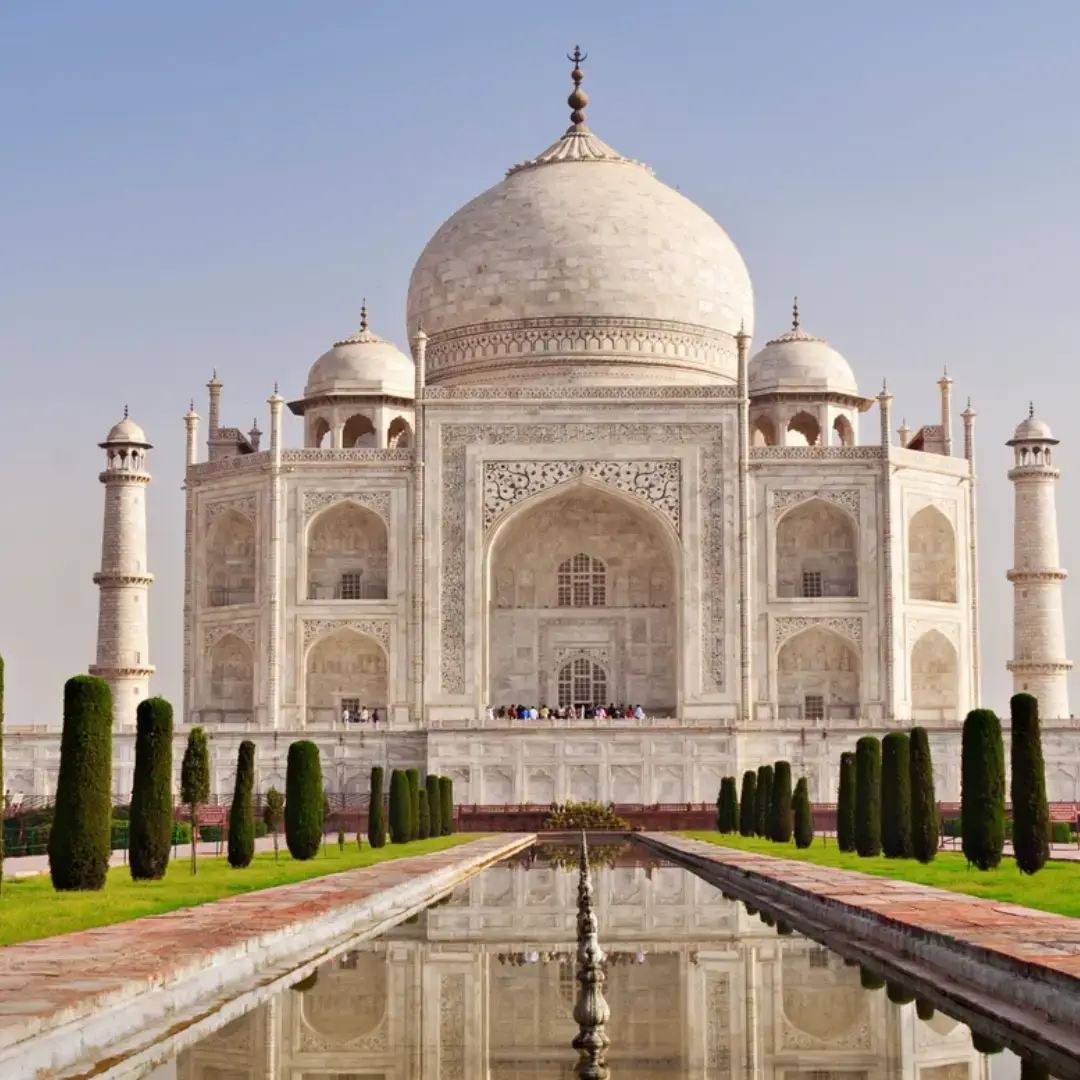
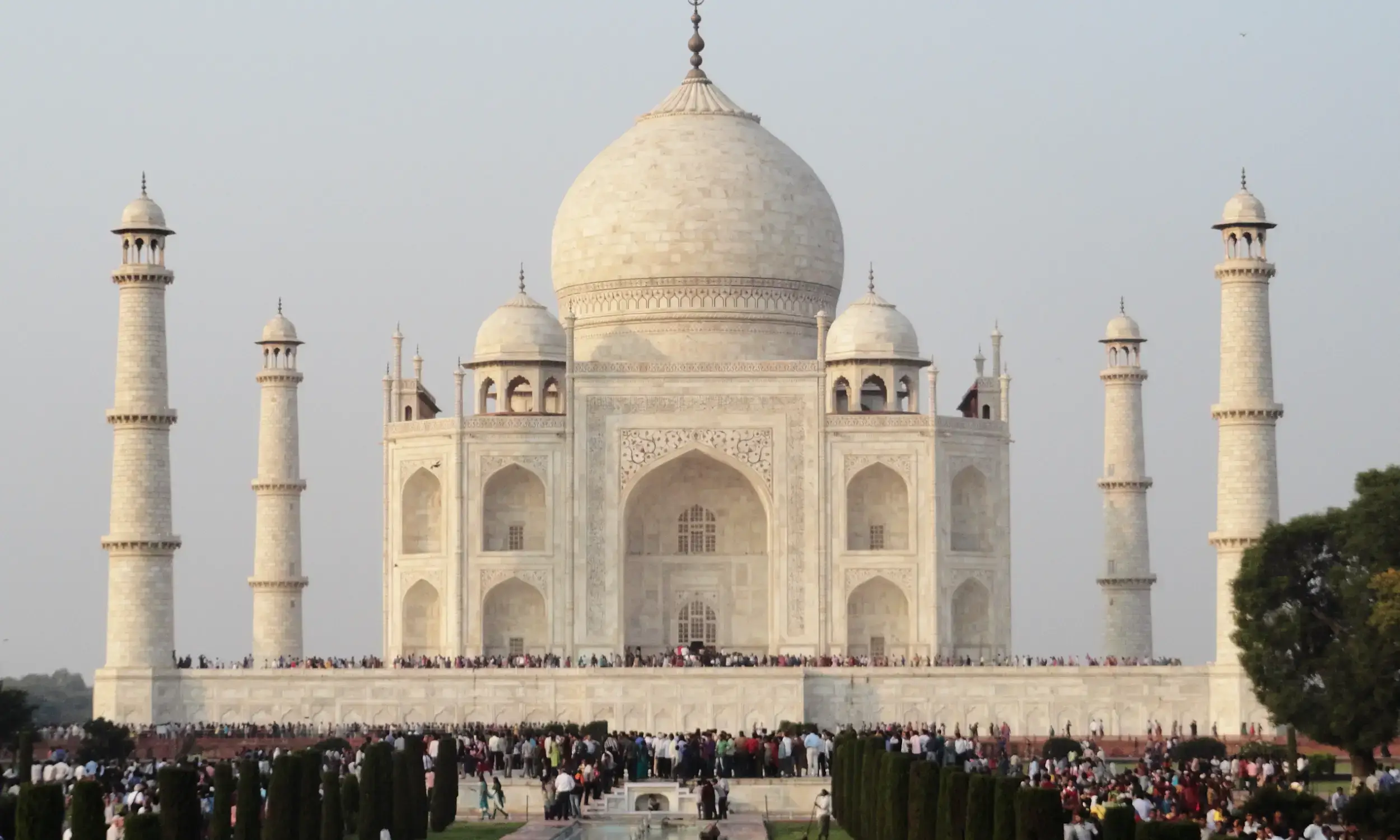
Agra, a city rich in history and splendor, is a heritage destination that enchants visitors from across the globe. From the grand Taj Mahal to the tranquil Mehtab Bagh, each part of Agra narrates a tale of magnificence. In addition to sightseeing, savoring the city’s cuisine, exploring lively bazaars, and immersing in the local culture make a trip to Agra an unforgettable experience. Regardless of whether you are attracted by history, architecture, or food, Agra tourism provides something for every visitor.
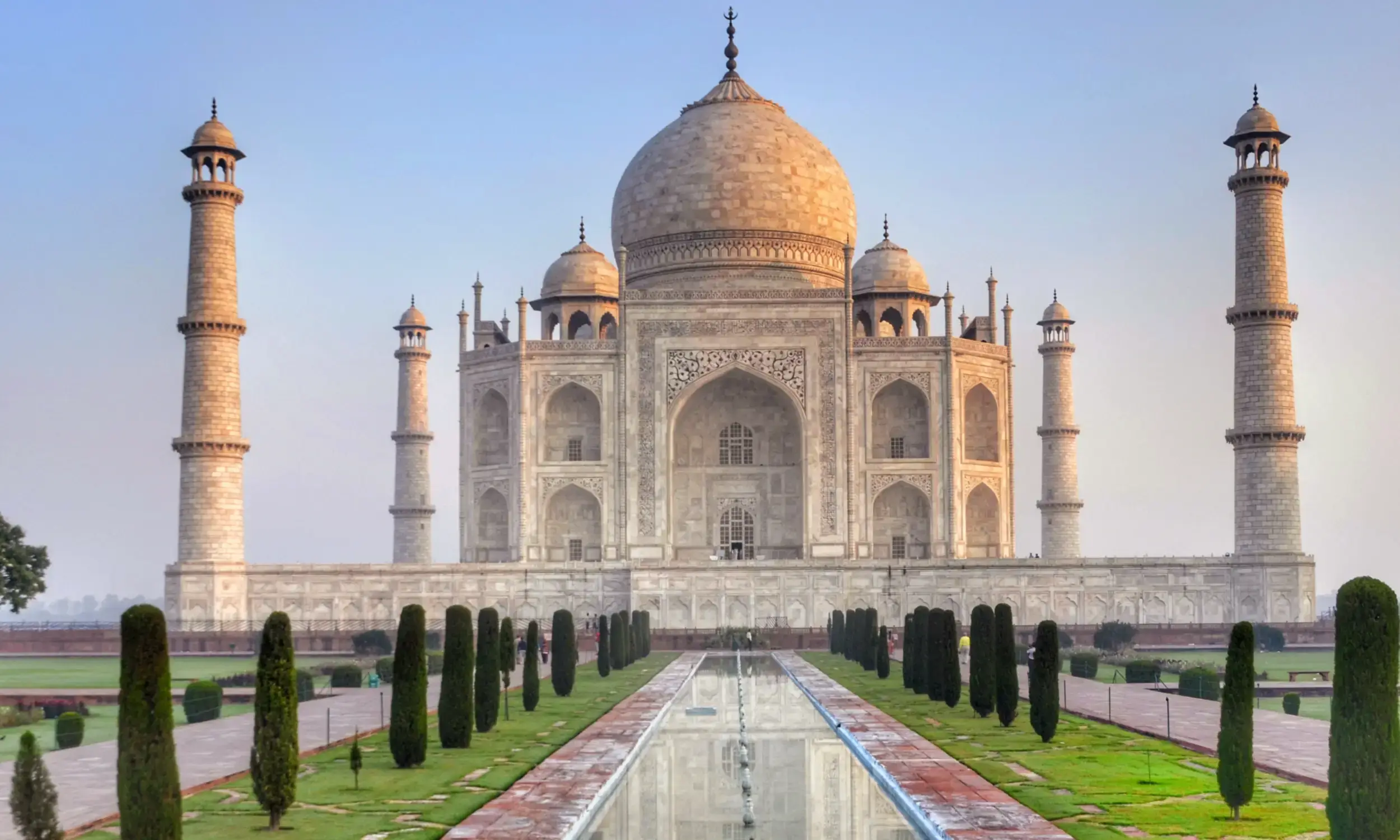
Temperatures in summers in Agra rise to 45°C, creating difficulties for daytime activities. Mornings and evenings are ideal for exploring sights.
The downpours introduce a revitalizing allure, cooling the city. Photographing the Taj Mahal is particularly ideal during monsoon season.
The ideal time to explore Agra is the winter season as the weather is pleasant. One may need to don winter clothes as the temperature dips to 5-6°C during peak winter season.
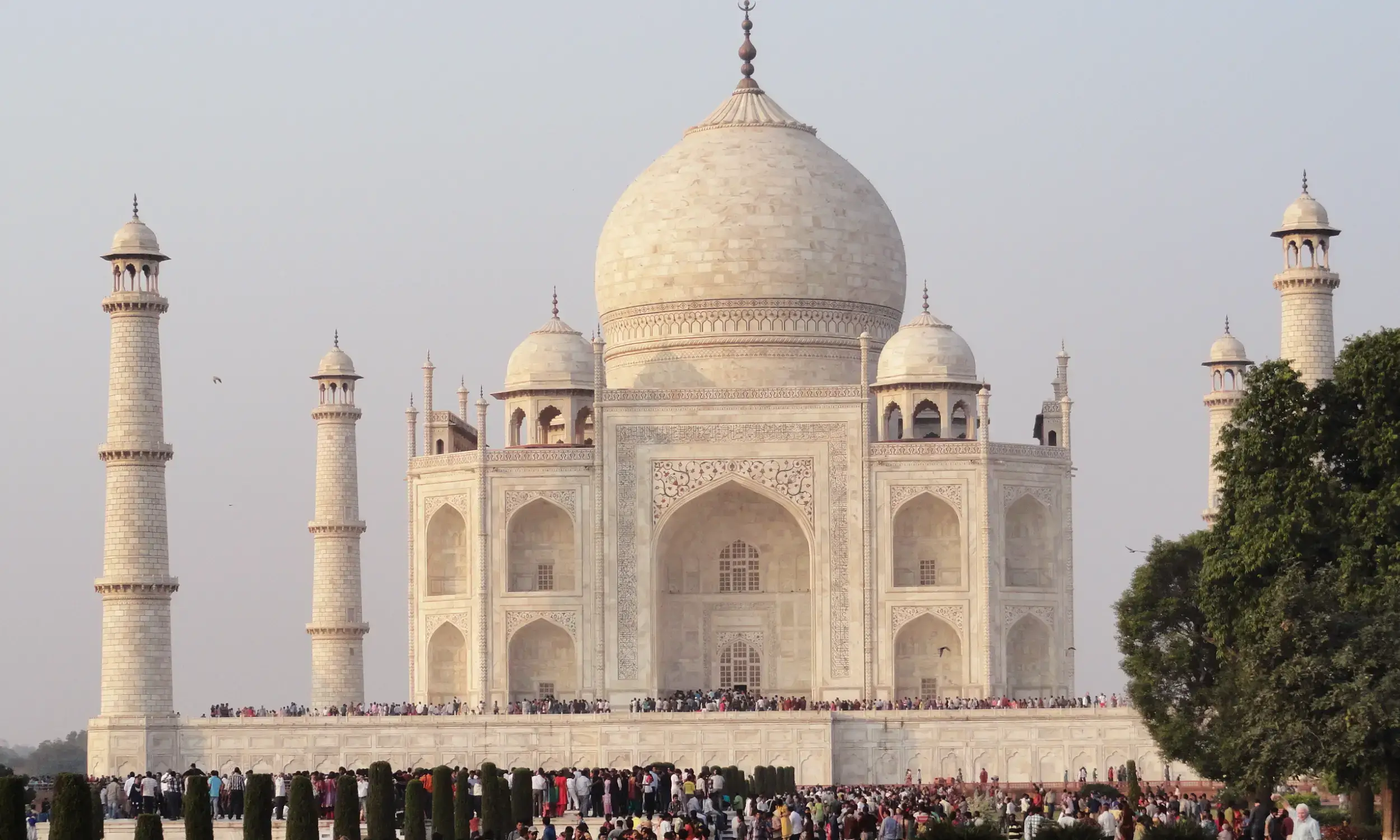
Sadar Bazaar is a lively market where you can purchase marble souvenirs, leather items, and handmade artifacts. It is essential to visit to experience Agra's lively local culture.
A magnificent cultural celebration occurring in February, highlights Agra’s vibrant heritage. One can enjoy cultural performances.
Discover the lively Kinari Bazaar, a thriving market famous for its traditional jewelry, textiles, and artisan souvenirs. This commercial center showcases the cultural legacy of Agra tourism and is essential to visit.
Savor Agra’s delightful street food, including the iconic petha, zesty chaat, bedai and Mughlai kebabs. These gastronomic treats establish Agra as one of the top tourist destinations in Agra for food enthusiasts.
Experience a tranquil boat ride on the Yamuna River, particularly at sunrise or sunset, to witness stunning vistas of the Taj Mahal. It's a peaceful method to enjoy sightseeing at the Agra Taj Mahal.
Walk through the stunning Mughal gardens, such as Ram Bagh and Soami Bagh. These historic gardens display beautiful landscaping and offer a peaceful retreat from the city's hustle.
Witness the Light and Sound Show at Red Fort, which tells the captivating history of the Mughal Empire through an engaging audio-visual spectacle in this historical tourist destination.
These miniature Taj Mahal beautifully made replicas, created from marble or crystal, come in various sizes and serve as a lovely keepsake of Agra Taj Mahal visits.
The traditional Mughal-style shoes, commonly referred to as Juttis, are vividly colored and adorned with embroidery, showcasing the city’s vibrant cultural legacy. Ideal for both everyday and celebratory attire.
The iconic sweet of Agra, Petha is a soft, translucent candy prepared from ash gourd and infused with saffron, rose, or dried fruits. A trip to Agra isn't complete without sampling this delicacy. Shahi Tukda regal sweet dish, crafted from deep-fried bread drenched in sugar syrup and garnished with condensed milk and nuts, embodies the splendor of heritage tourism in Agra.
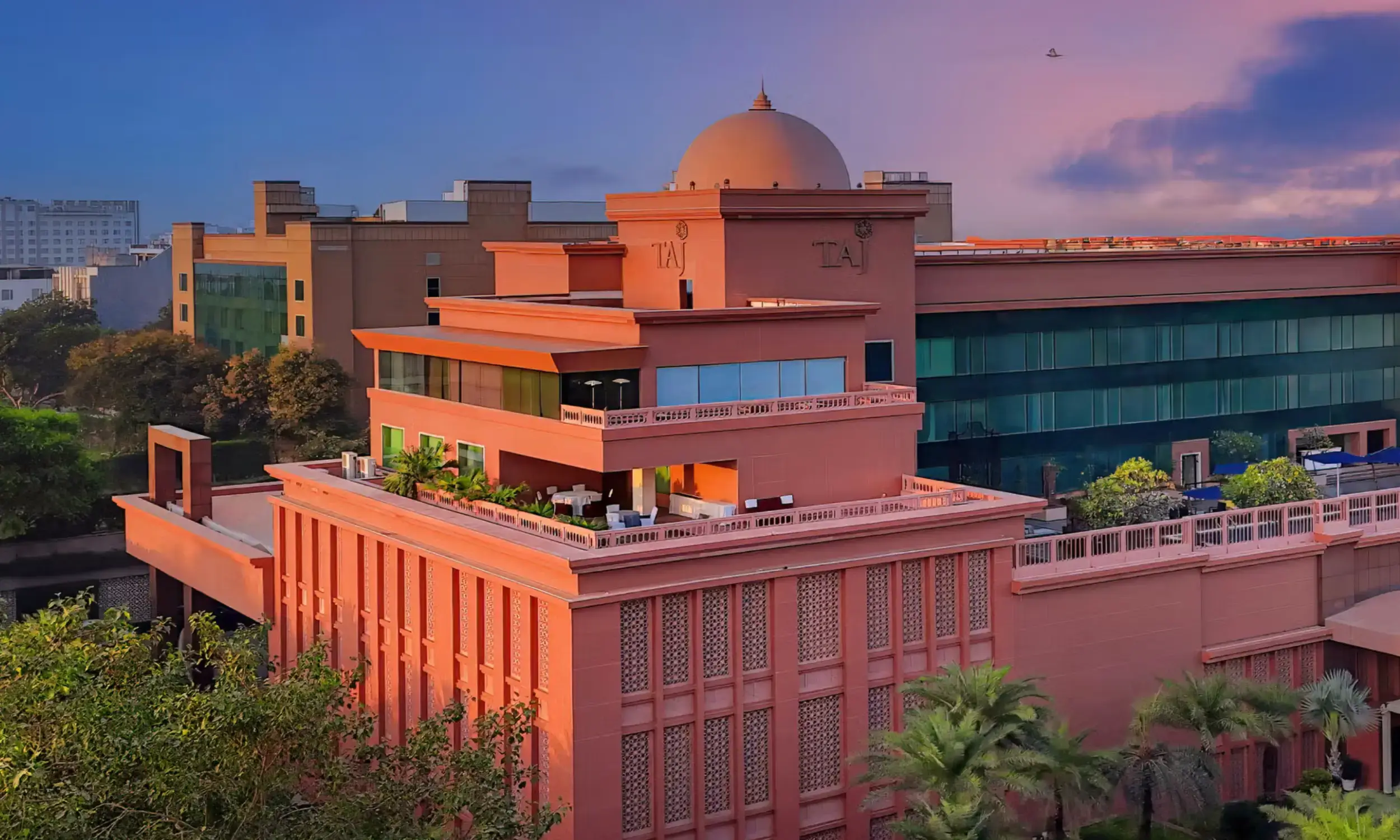
Agra provides a diverse array of accommodation options, catering to luxury as well as budget travelers. Regardless of whether you are visiting Agra for Taj Mahal sightseeing, a family trip, a romantic escape or a solo trip, you will find an appropriate place to stay in Agra that suits your requirements.
Agra features opulent heritage hotels that provide a regal experience with Mughal-inspired architecture, splendid interiors, gourmet dining, and top-notch hospitality. These luxurious properties in Agra are ideal for individuals looking to experience the city’s majestic history while taking pleasure in contemporary amenities.
For tourists seeking a mix of comfort and cost-effectiveness, mid-range hotels in Agra offer contemporary facilities like Wi-Fi, on-site dining, and close access to major attractions, making them perfect for families and business visitors.
Budget travelers in Agra can discover numerous affordable hotels and lodges that provide clean and cozy accommodations with essential amenities. These are ideal for brief stays, layovers, or travelers seeking budget-friendly lodging.
To enhance immersion, guesthouses and homestays enable travelers to reside with locals, savor home-cooked meals, and engage with Agra's culture and traditions directly. These guesthouses and homestays in Agra are perfect for individuals who favor tailored hospitality instead of commercial accommodations.

Agra is home to three UNESCO World Heritage Sites: the Taj Mahal, Red fort, and Fatehpur Sikri. These architectural marvels showcase the artistic genius and magnificence of the Mughal Empire, making Agra an essential destination for history lovers.
One of the most enchanting aspects of the Taj Mahal is its capacity to alter colors. In the morning, it looks pinkish, brilliant white during the afternoon, and golden in the moonlight, creating a captivating experience for those who visit.
Throughout the rule of Emperor Akbar, Jahangir, and Shah Jahan, Agra functioned as the capital of the Mughal Empire. It thrived as a hub of influence, culture, and artistry, bequeathing a rich heritage of building and craftsmanship.
As per legends, Shah Jahan intended to construct a Black Taj Mahal facing the white Taj Mahal on the other side of the Yamuna River to serve as his tomb. Nevertheless, historians consider this to be a legend, and the remains observed today belong to an incomplete garden complex.
It is thought that Red Fort possessed a hidden underground passage linking it to the Red Fort in Delhi. This tunnel served for emergency evacuations and troop movements in combat, adding an element of intrigue to the fort's past.
The Aram Bagh is the oldest Mughal garden in India. It was built by Emperor Babur in 1526 and it is located about 5 km northeast of the Taj Mahal in Agra.
Kinari Bazaar, a vibrant market close to Jama Masjid, has served as a trading center for centuries. This market displays Agra’s lively shopping culture, featuring everything from Mughal-era relics to contemporary souvenirs.
Upon entering the main gate of the Taj Mahal, it seems to enlarge as you approach it. Nonetheless, when you walk in reverse, it appears to diminish. This ingenious architectural deception boosts its enchanting allure.
The stunning Fatehpur Sikri, formerly the Mughal capital, was deserted after merely 15 years because of a major water shortage. Today, it remains a meticulously preserved ghost town, highlighting the brilliance of Mughal architecture.
Shah Jahan, the ruler responsible for the construction of the Taj Mahal, was confined by his son, Aurangzeb, within Red Fort. In his final years, he gazed at the Taj Mahal from the Musamman Burj, yearning for his beloved.
Although Delhi and various Mughal strongholds faced significant destruction under British rule, Agra largely stayed undamaged. Numerous historical landmarks still exist today as symbols of its magnificent history.
The white marble utilized in building the Taj Mahal did not originate in Agra. It was moved from Makrana, Rajasthan, located over 300 kilometers away, requiring thousands of elephants for its transport.
Agra features numerous historic Baolis (stepwells), including the Rajon Ki Baoli, that were previously utilized for water storage in the Mughal palaces. These subterranean constructions highlight the resourcefulness of water conservation methods from the Mughal period.
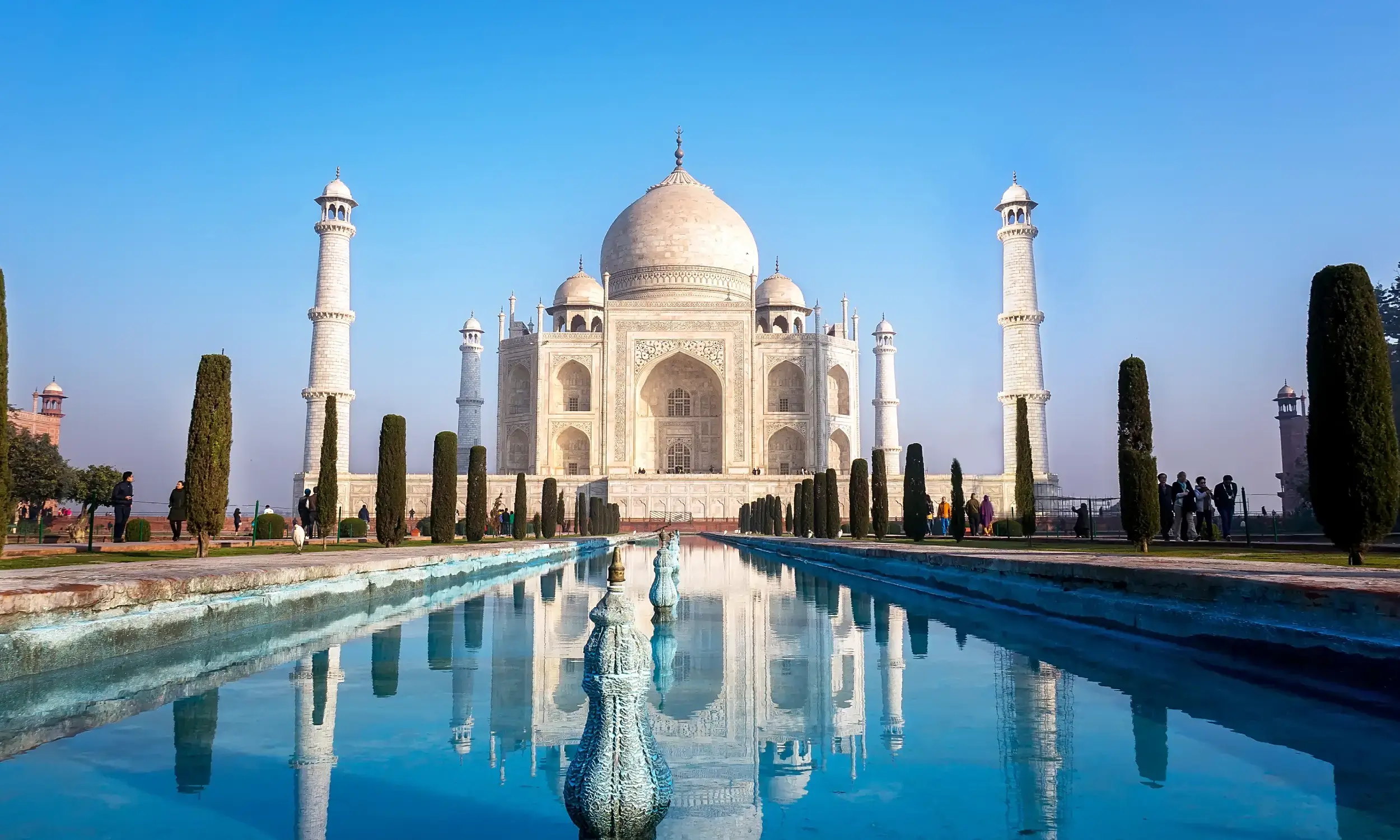
To guarantee a pleasant and seamless travel experience, here are some key travel tips for Agra sightseeing:




